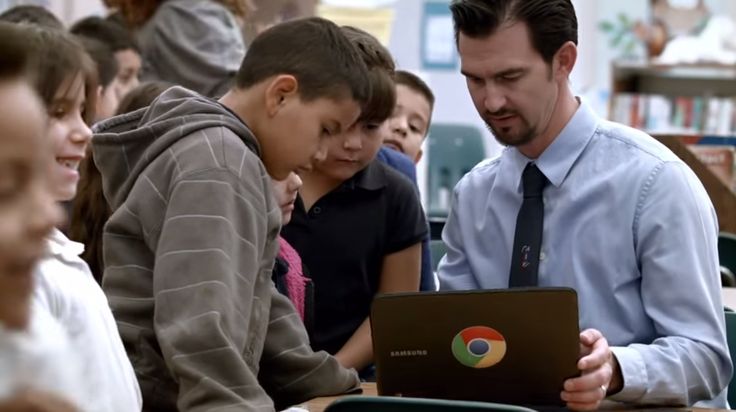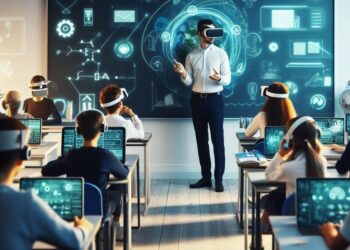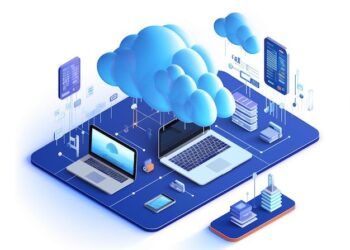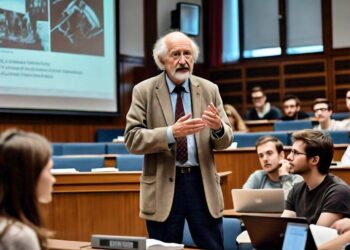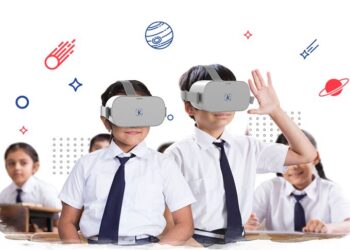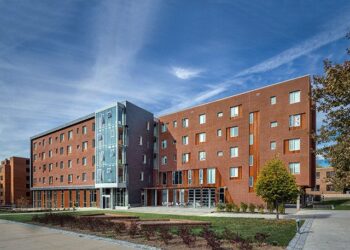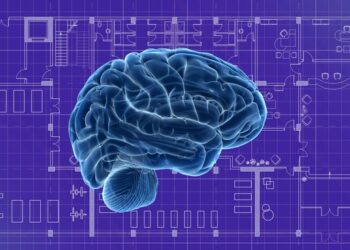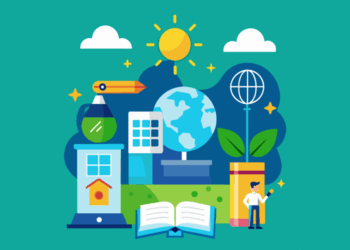The traditional classroom, with its rows of desks and a teacher at the front, is undergoing a profound transformation. The rise of technology, global connectivity, and a changing job market are giving birth to innovative educational models that are more flexible, personalized, and relevant than ever before. These new paradigms are challenging the one-size-fits-all approach, and instead, are focusing on empowering learners to take control of their own educational journeys. This article explores the forces driving this change, the most significant emerging models, and the long-term implications for students, educators, and society at large.
The shift is driven by a need for education to keep pace with the real world. The internet has made information ubiquitous, so the role of the educator is no longer simply to dispense facts. Instead, it’s about guiding students on how to find, evaluate, and apply information. The skills needed for success in the 21st century—critical thinking, creativity, collaboration, and communication—are not easily taught through rote memorization. As a result, educational institutions and innovators are experimenting with new frameworks to better prepare students for an unpredictable future.
A. The Forces Driving Educational Change
Several key factors are pushing for a new approach to education. Understanding these drivers is essential to appreciating the significance of the emerging models.
A. Technological Advancements: The proliferation of high-speed internet, affordable devices, and sophisticated educational software has made online learning accessible to a global audience. Tools like Learning Management Systems (LMS), video conferencing platforms, and AI-powered tutoring systems have made remote education more interactive and effective. The ability to create and share content instantly has also empowered students to become producers of knowledge, not just consumers.
B. Globalization and Connectivity: We live in an interconnected world where international collaboration is commonplace. Education needs to reflect this reality. Students must learn to work with people from different cultures and backgrounds. The new models facilitate this by breaking down geographical barriers, allowing students to learn from and with peers from across the globe.
C. Changing Workforce Demands: The job market is evolving at an unprecedented rate. Automation and AI are displacing traditional jobs, while new industries are emerging. The skills that were once sufficient for a stable career, such as data entry or assembly line work, are becoming obsolete. Employers now prioritize skills like problem-solving, adaptability, emotional intelligence, and interdisciplinary knowledge. Traditional curricula are often slow to adapt to these changes, creating a skills gap.
D. The Pandemic as a Catalyst: The COVID-19 pandemic forced a rapid and unprecedented shift to remote learning. While challenging, this period proved that education could happen outside of a physical classroom. It accelerated the adoption of technology and pushed educators to find creative solutions, proving that flexibility in learning delivery is not only possible but also necessary. This global experiment served as a powerful proof of concept for many of the new educational models.
B. The Most Significant Emerging Models
The new educational landscape is a rich tapestry of different approaches, each with its own philosophy and methodology.
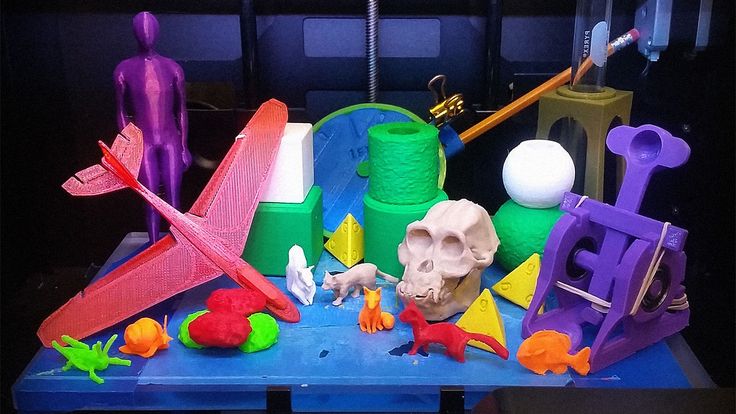
A. Blended Learning: This model combines the best elements of traditional face-to-face instruction with the flexibility of online learning. Students might attend a physical class for group discussions and hands-on projects, while using online resources for lectures and self-paced assignments. This approach provides a balance between the social interaction of the classroom and the personalized pace of online learning. It allows for a more dynamic and engaging learning experience, catering to different learning styles.
B. Personalized Learning: Instead of a single curriculum for an entire class, personalized learning tailors the educational experience to each student’s unique needs, interests, and abilities. This can be achieved through adaptive software that adjusts the difficulty of content based on a student’s performance, or through project-based learning where students pursue topics they are passionate about. The goal is to maximize student engagement and effectiveness by allowing them to learn at their own pace and in a way that resonates with them.
C. Micro-credentialing and Nanodegrees: In a world where skills are more important than degrees, micro-credentials offer a flexible and targeted way to acquire specific competencies. These are short, focused courses that result in a digital certificate or badge, proving mastery of a particular skill. This model is highly appealing to professionals seeking to upskill or reskill without committing to a full degree program. Platforms like Coursera, edX, and Udacity have been at the forefront of this movement.
D. Gamification of Education: This model applies game design elements—such as points, badges, leaderboards, and challenges—to educational content. The goal is to increase student motivation and engagement by making learning feel less like a chore and more like a game. The competitive and reward-based nature of this model can make even difficult subjects more appealing. This approach is particularly effective in subjects that require repetitive practice, like foreign languages or mathematics.
E. Project-Based Learning (PBL): In PBL, students learn by actively engaging in real-world projects. Instead of listening to a lecture on photosynthesis, for example, students might design and build a model greenhouse to understand the concept firsthand. This method encourages critical thinking, problem-solving, and collaboration. It’s an interdisciplinary approach that connects academic knowledge to practical application, making the learning more meaningful and memorable.
F. Competency-Based Education (CBE): In a CBE model, students progress based on their demonstrated mastery of skills and concepts, rather than on the amount of time they have spent in a classroom. This allows advanced students to move quickly through a curriculum and provides extra support for those who need more time. It is a highly efficient and student-centric approach that focuses on outcomes rather than just seat time.
C. The Implications for the Future
The emergence of these new models is not without its challenges and opportunities. The long-term impact on education and society is still unfolding, but some trends are already clear.
A. Democratizing Access: The most significant implication is the potential for universal access to high-quality education. With online platforms and flexible models, geographical location and socioeconomic status are becoming less of a barrier. A student in a rural area with limited access to resources can now learn from a top university or acquire a skill from a leading industry expert. This has the potential to level the playing field on a global scale.
B. Evolving Role of the Educator: The role of the teacher is shifting from a purveyor of information to a facilitator and mentor. Educators in these new models must be skilled at curating resources, designing engaging projects, and providing personalized guidance. They need to become learning coaches who empower students to take ownership of their own education. This requires new training and professional development for teachers.
C. The Blurring of Lines: The distinction between formal and informal learning is becoming less clear. Education no longer happens solely within the walls of a school or university. It can happen at home, in a library, or on a bus through a mobile device. The concept of “school” is expanding to include online communities, digital platforms, and real-world internships.
D. The Rise of Lifelong Learning: In a rapidly changing world, the idea of getting an education and being done with it is obsolete. The new models cater to the need for continuous learning and skill development throughout a person’s life. Professionals can easily return to a learning environment to acquire new skills, stay relevant in their fields, and pursue new career paths. This fosters a culture of curiosity and adaptability.
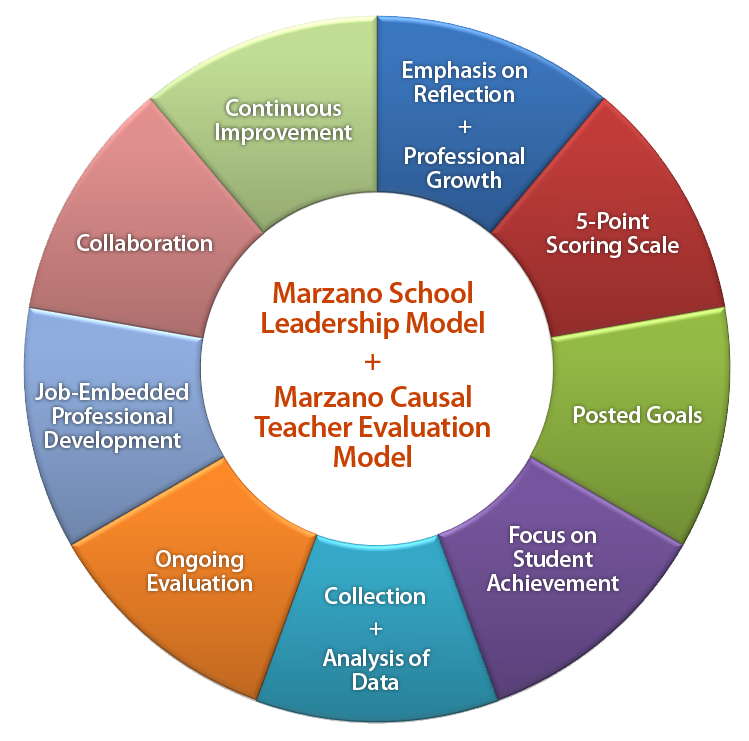
E. Challenges and Equity: While the new models offer immense potential, they also present challenges. The “digital divide”—the gap between those with and without access to technology and high-speed internet—could exacerbate existing inequalities. Ensuring equitable access to these new educational models is a critical issue that needs to be addressed through public policy and private initiatives. Additionally, the quality and accreditation of online programs must be carefully monitored to maintain educational standards.
F. Impact on Traditional Institutions: Universities and schools are being forced to innovate or risk becoming irrelevant. They are increasingly adopting hybrid models, offering online courses, and partnering with industry to create relevant programs. The pressure is on to prove their value in a world where information is free and skills are paramount. Traditional institutions must adapt to a consumer-driven educational market where students are looking for tangible outcomes and return on investment.
In conclusion, the emerging educational models are not just a temporary fix; they represent a fundamental redesign of how we learn, teach, and grow. They are student-centered, technology-driven, and focused on preparing individuals for a future that is defined by change. The shift from a factory model of education to a more personalized, flexible, and lifelong approach is poised to unlock human potential on an unprecedented scale.

